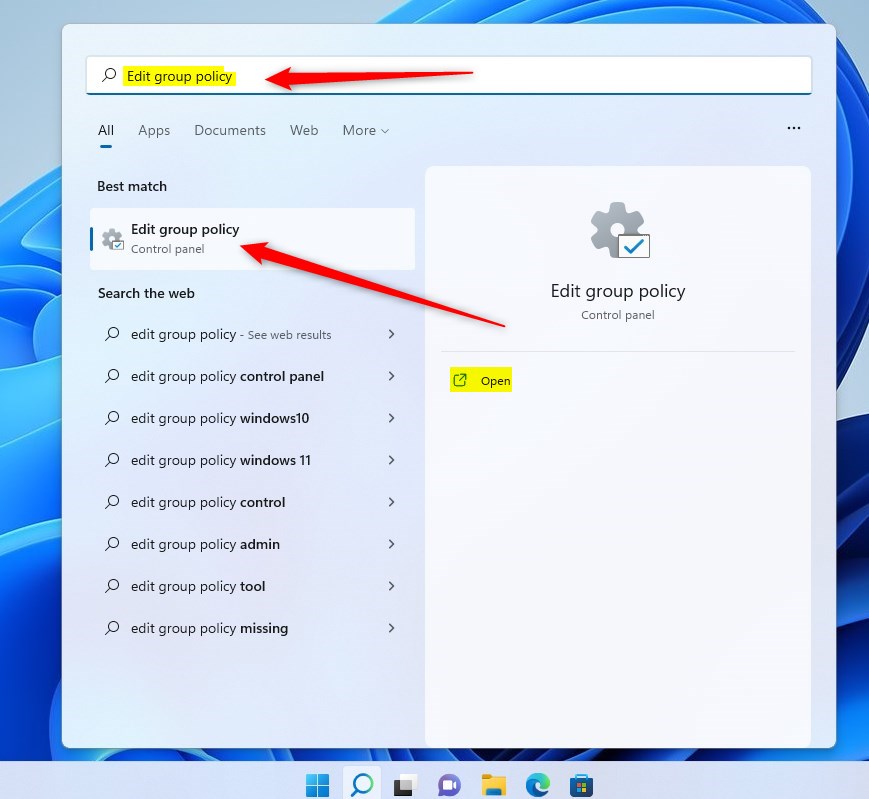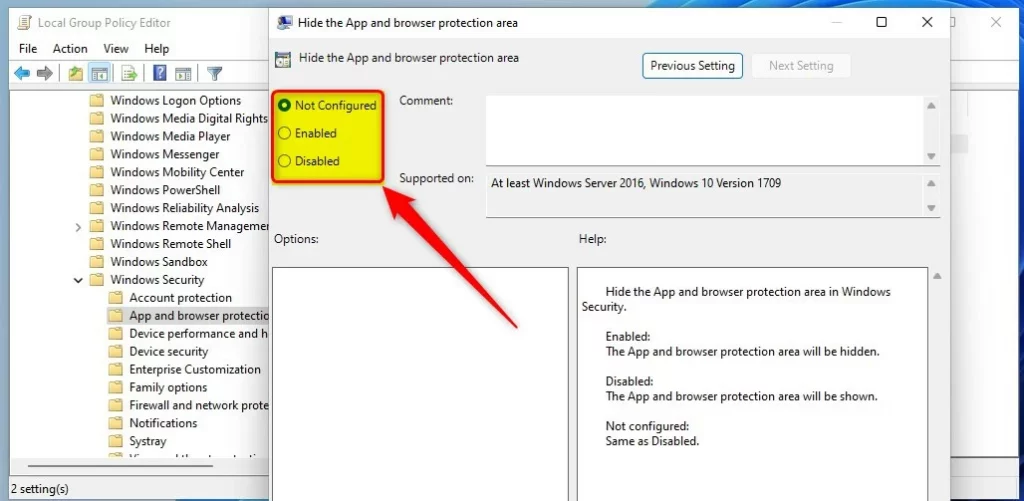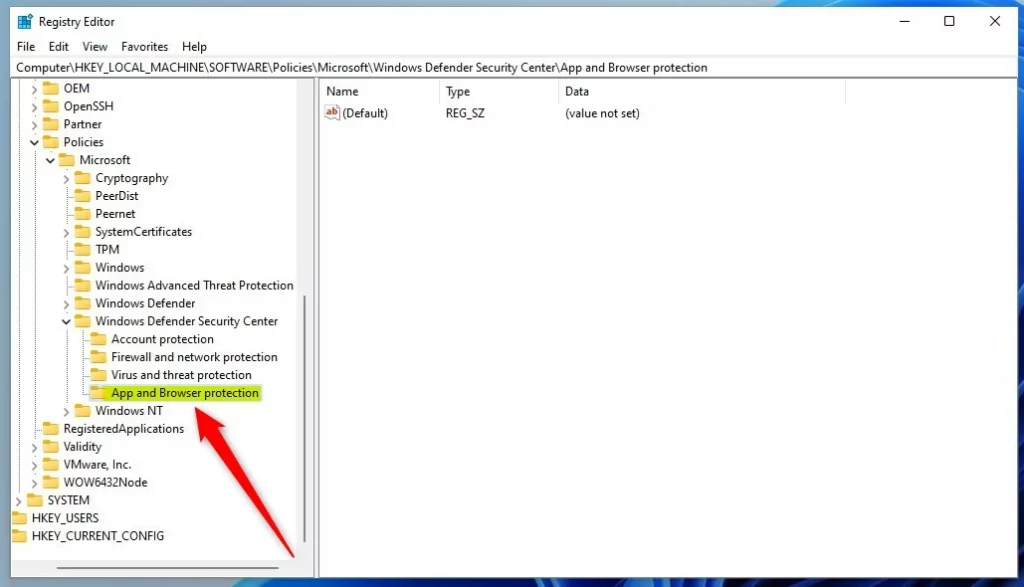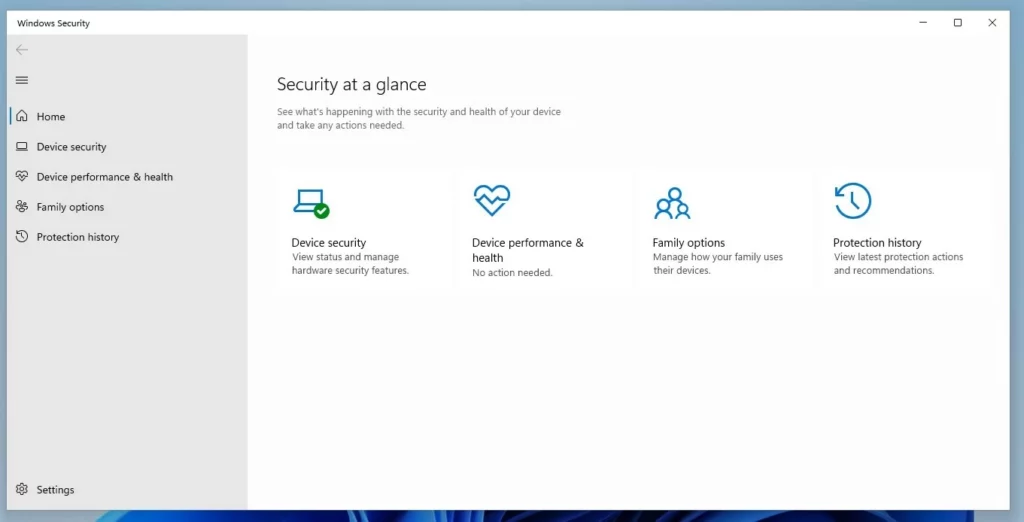This article describes steps to hide or show the Windows Security app App & browser control section in Windows 11.
The Windows Security app is a built-in application that comes with Windows 11. It provides a centralized dashboard to see what’s happening with your device’s security and health and take any necessary actions.
The App has many sections that allow you to quickly see the status of your virus and threat protection, firewall and network security, Account protection, and more.
The App & browser control section provides the settings for Microsoft Defender SmartScreen, which helps protect your device from potentially dangerous apps, files, websites, and downloads.
If you have configured your device’s security settings to suit your environment and don’t want others to change or mess with these settings, you can hide these sections from users.
On the other hand, if these sections are hidden and you want to show them again, you can use the guide below.
How to hide or show the App & browser control section with Windows Security App in Windows 11
As described above, the App & browser control section provides the settings for Microsoft Defender SmartScreen, which helps protect your device from potentially dangerous apps, files, websites, and downloads.
First, open Local Group Policy Editor by clicking on the Start Menu and searching for Edit group policy, as highlighted below.
Under Best match, select Edit group policy to launch Local Group Policy Editor.

In the left pane of Local Group Policy Editor, expand the tree:
Computer Configuration > Administrative Templates > Windows Components > Windows Security > App and browser protection
In the App and browser protection details pane on the right, locate and double-click the setting “Hide the App and browser protection area.”

On the Hide, the Account protection area window set the option to Not Configure, Enabled, or Disabled.
- Not Configured (default)
- Enabled – The App and browser protection area will be hidden.
- Disabled – The App and browser protection area will be shown.

Display or hide the App & browser control section in Windows Security via Windows Registry
If you can’t open the Local Group Policy Editor, you can use the Windows Registry instead.
Open the Windows Registry, and navigate to the folder key path as listed below.
HKEY_LOCAL_MACHINE\SOFTWARE\Policies\Microsoft\Windows Defender Security Center\App and Browser protection
If you don’t see the Windows Defender Security Center -> App and browser protection folder key, right-click on the Windows key, then create both key folders.

Right-click on the App and browser protection folder key on the right pane and select New -> DWORD (32-bit) Value. Type a new key named UILockdown.
Double-click the new key and enter the Value data as 0 to show the App and browser protection section in Windows Security App.
A Value data of 1 will hide the App and browser protection section in the Windows Security app.

Restart your computer, and the App and browser control section will be hidden or displayed.

That should do it!
Reference:
Conclusion:
- This article presented an insightful guide on how to show or hide the App and browser control section in the Windows Security App for Windows 11.
- The step-by-step instructions are covered using the Local Group Policy Editor and the Windows Registry, providing versatile solutions for users with different preferences.
- The content is supplemented with comprehensive visual aids, ensuring clear and straightforward implementation of the procedures.
- Readers are encouraged to utilize the provided comment form for additional support or contributions.

Leave a Reply to How to Hide or Show Family Options in Windows Security – Geek Rewind Cancel reply